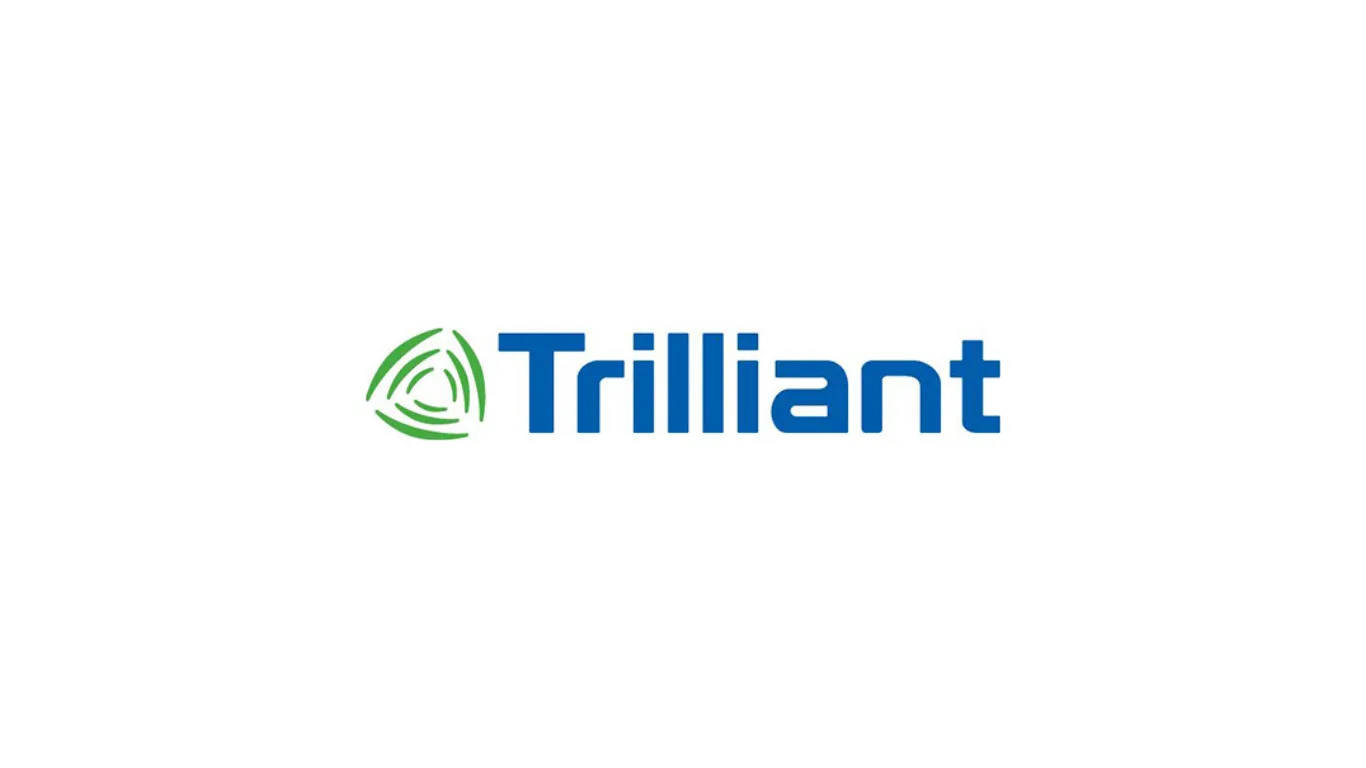
Trilliant Expands Advanced Metering Infrastructure Deployments Across Asia-Pacific, Empowering Utilities and Customers
Trilliant, a global leader in advanced metering infrastructure (AMI), smart grid solutions, smart cities, and Industrial Internet of Things (IIoT), is making significant strides in the Asia-Pacific (APAC) region. The company has already deployed or is in the process of deploying more than 13 million smart meters across APAC, with millions more planned through a growing list of strategic partnerships. Countries such as Thailand, Malaysia, the Philippines, Indonesia, Japan, and India are playing central roles in Trilliant’s expansion efforts, as utilities in these markets increasingly turn to digital infrastructure to support modernization, efficiency, and sustainability goals.
This achievement highlights not only Trilliant’s regional momentum but also its long-term commitment to delivering scalable, future-ready AMI solutions that empower utilities to transform their operations and enhance customer engagement.
Looking Beyond Billing: Unlocking the Full Potential of AMI
According to Eugene Loke, Managing Director for APAC at Trilliant, utilities in the region need to adopt a broader vision when it comes to AMI. “APAC utility leaders need to look beyond just billing for their use cases in AMI,” Loke explained. “They must leverage the full potential of a robust AMI network to support a broader range of operational and customer-centric functions.”
Traditionally, the primary benefit of smart meters was seen as automated billing and meter reading, helping utilities reduce manual labor costs and improve accuracy. However, this limited view is rapidly changing. In Southeast Asia and other APAC markets, consumers are increasingly embracing smart meters for their ability to provide real-time insights into energy consumption. Features such as budget setting, real-time usage tracking, and energy monitoring are gaining popularity, helping households and businesses better manage costs and optimize energy use.
These developments are also helping to dispel common misconceptions around smart meter technology, demonstrating its value not only for utilities but also for end-users who gain more control and transparency in their energy consumption.
Trilliant’s AMI Platform: Enabling Advanced Use Cases
Trilliant’s AMI platform is designed to be device-independent, secure, and scalable, allowing utilities to integrate it seamlessly into existing infrastructure while preparing for future needs. Unlike systems built solely for billing, Trilliant’s technology enables utilities to implement a wide range of advanced use cases that contribute to smarter, more resilient grids.
Some of the most impactful applications include:
- Distribution Automation – Utilities can monitor and control grid assets in real time, improving grid reliability, reducing outage durations, and enhancing resilience against disruptions.
- Prepaid Electricity – Customers gain the flexibility to prepay for electricity, improving financial control and enabling utilities to reduce non-technical losses while ensuring revenue assurance.
- Demand Response – By incentivizing consumers to adjust or reduce consumption during peak hours, utilities can balance grid load, reduce strain on infrastructure, and avoid costly investments in additional capacity.
- Smart Streetlighting – Cities benefit from remote monitoring and control of streetlights, resulting in significant energy savings, improved safety, and better urban management.
- Outage Management – Smart meters provide real-time outage detection, enabling utilities to respond more quickly and effectively to service disruptions, minimizing downtime for customers.
- Remote Re-energize/De-energize – Utilities can safely and efficiently connect or disconnect service without deploying field crews, reducing costs and improving service responsiveness.
- Time-of-Use (TOU) Pricing – With TOU programs, utilities can encourage customers to use electricity during off-peak hours, helping flatten demand curves and optimize system efficiency.
- Integration of Distributed Energy Resources (DERs) – The platform simplifies grid integration of renewable technologies such as solar panels, battery energy storage systems (BESS), and electric vehicle (EV) charging stations. By enabling seamless DER integration, Trilliant helps utilities accelerate the clean energy transition.
- Data-Driven Decision Making – Rich data collected by AMI networks allows utilities to perform detailed analyses for distribution asset management, transformer monitoring, feeder reliability analysis, and distribution loss analysis, providing actionable insights that improve planning and operations.
These use cases demonstrate the breadth of functionality enabled by Trilliant’s platform. They also underscore how AMI is evolving into a cornerstone of modern digital grids, supporting not just efficient utility operations but also customer empowerment, regulatory compliance, and sustainability objectives.
The Role of AMI in Energy Transition
The Asia-Pacific region is undergoing a profound energy transformation. Many countries have set ambitious targets for renewable energy adoption, electrification, and carbon reduction. To achieve these goals, utilities must modernize legacy infrastructure and adopt digital technologies that provide real-time data, flexibility, and interoperability.
AMI solutions such as those offered by Trilliant are central to this transformation. By facilitating the integration of renewables, storage systems, and EV infrastructure, AMI platforms help utilities maintain grid stability while advancing climate goals.
Furthermore, customer participation is becoming increasingly important in the energy transition. As more consumers install rooftop solar, purchase EVs, or adopt energy management systems, AMI platforms act as the connective tissue that enables these decentralized assets to function as part of a larger, balanced system.
Strategic Expansion in Asia-Pacific
Trilliant’s expansion across APAC reflects the strategic importance of the region. With rapidly growing economies, increasing urbanization, and surging energy demand, APAC is one of the most dynamic markets for advanced energy technologies.
Earlier this year, Trilliant announced an important milestone in its partnership with SAMART Telcoms, underscoring its role in delivering AMI solutions for the Provincial Electricity Authority (PEA) in Thailand. This project demonstrates the scalability of Trilliant’s technology and its ability to meet the diverse needs of utilities across different geographies.
In addition to Thailand, Trilliant is actively working with partners and utilities in Malaysia, the Philippines, Indonesia, Japan, and India, each with unique energy challenges and opportunities. By tailoring solutions to local contexts while maintaining a standardized, interoperable platform, Trilliant is positioning itself as a trusted partner in the region’s modernization journey.
Building Smarter, More Resilient Grids
With millions of smart meters already deployed and millions more in the pipeline, Trilliant’s progress in APAC represents a significant step toward smarter, more resilient energy systems. By moving beyond billing and unlocking advanced use cases, Trilliant is helping utilities achieve operational excellence while enabling customers to take control of their energy use.
As APAC countries continue to pursue decarbonization, electrification, and digitalization, AMI will play a critical role in achieving these objectives. Trilliant’s leadership in the region illustrates how technology providers can support both utilities and end-users in navigating this complex but transformative journey.
In the years ahead, Trilliant’s vision is clear: to enable utilities to deliver reliable, efficient, and sustainable energy services through scalable digital infrastructure. Its ongoing work in Asia-Pacific is not only strengthening local energy networks but also contributing to the global movement toward cleaner, smarter, and more inclusive energy systems.








